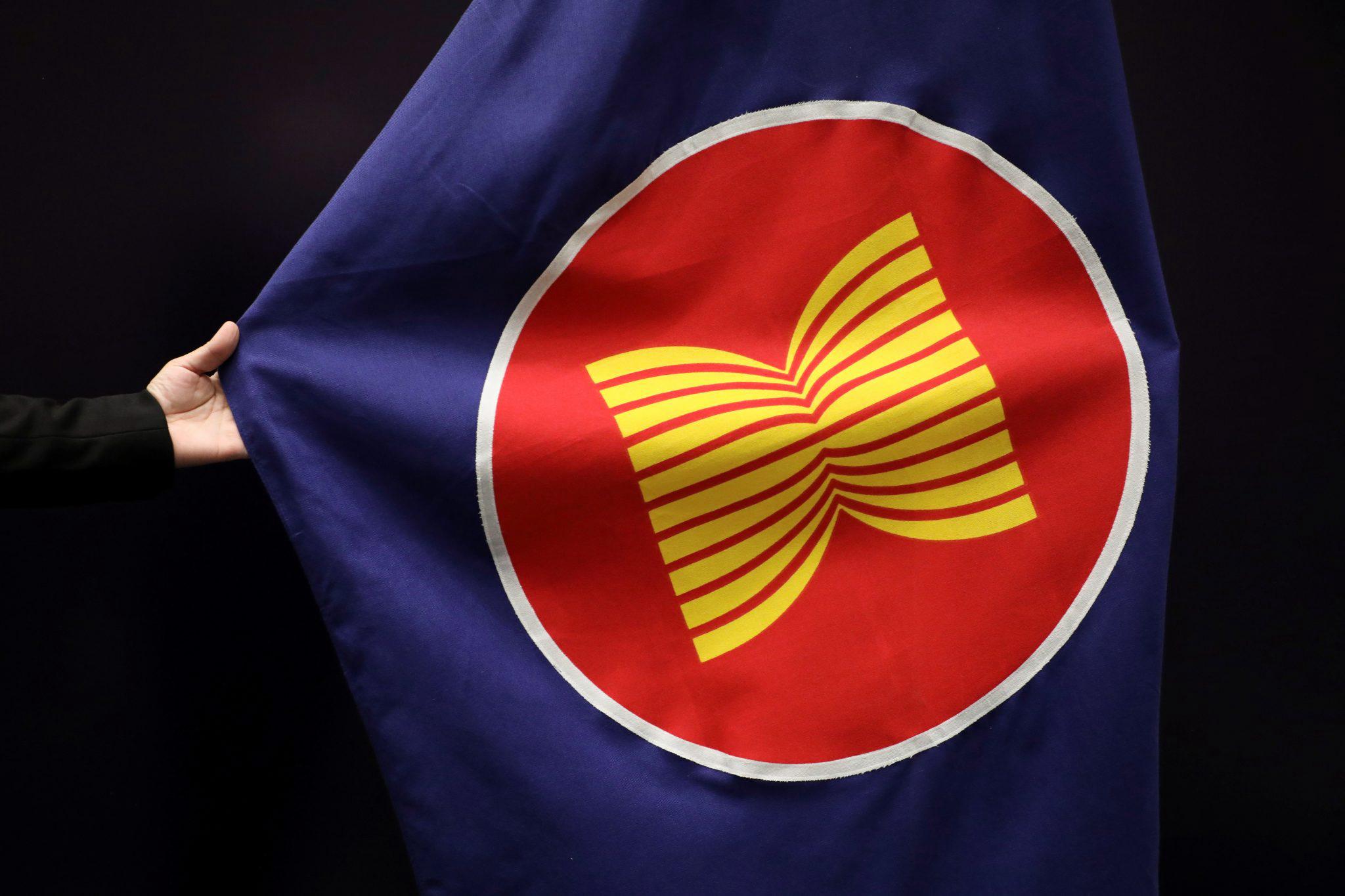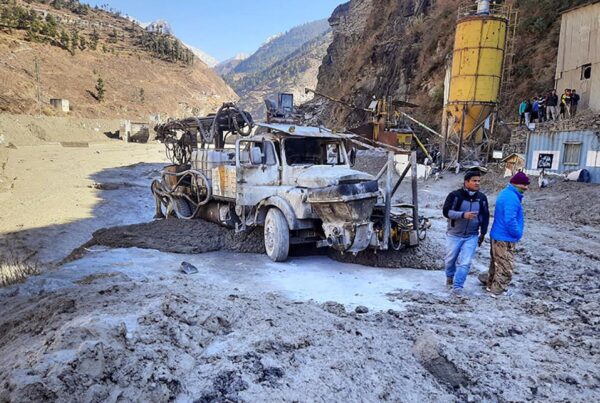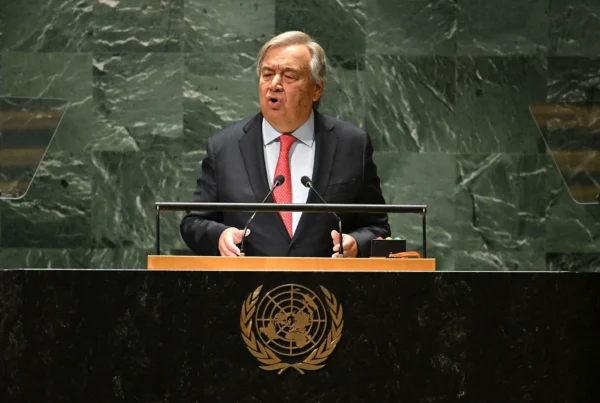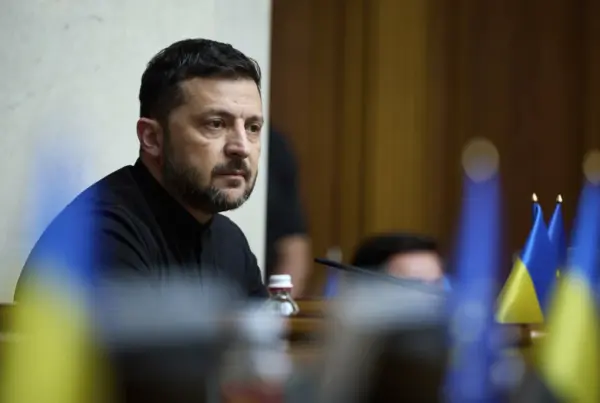The world’s lens is now focused on the dramatic changes in East Asia. A region once gripped by historical trauma now witnesses the birth of an unexpected new alliance. Japan and South Korea, two longtime arch-rivals, are now closely aligned with Taiwan. The United States fully supports this strategic axis. They stand together against China’s escalating military and economic pressure.
These developments trigger a series of crucial questions. Can this unity, driven by urgent need, secure regional peace? Or does this alliance actually accelerate the region toward the brink of a larger conflict? Amid this uncertainty, leaders, analysts, and ordinary people across Asia struggle to understand and adapt. They must accept the reality of East Asian geopolitics changing very rapidly.
Japan: The Rise of the Military Behind a Pacifist Constitution
For decades, Japan has strictly adhered to its pacifist constitution. This document explicitly rejects an offensive military role. However, the face of East Asian geopolitics has changed. This change forced Tokyo to alter course. The Japanese government now allocates an unprecedented military budget. Many view this as serious preparation for a potential invasion. This shift marks the most significant change in Japan’s defense policy since World War II.
On the front line of surveillance, a small island called Okinoerabujima bears silent witness. Here, Japan’s 55th Air Control and Surveillance Squadron Base operates. They carry out a crucial mission to monitor every movement in the vital airspace between Japan, Korea, China, and Taiwan. Experts consider this region one of the most dangerous in the world. The base’s presence demonstrates Tokyo’s unwavering commitment.
In addition, official data also supports the urgency of the situation. In 2023, the Japan Air Self-Defense Force conducted 479 interception missions against Chinese aircraft. They also faced 174 missions related to Russia. Therefore, on average, they confront two potential threats every day.
The Critical Role of Okinawa and Local Objections
Okinawa, a beautiful island in southern Japan, plays a complex dual role. On one hand, the island serves as a major strategic hub for U.S. military operations. About 30,000 U.S. troops are stationed there. Thus, Okinawa is the largest U.S. military base outside the United States. If conflict escalates in Taiwan, Okinawa will become the backbone of a U.S. intervention.
However, on the other hand, the massive U.S. military presence has sparked deep-seated tension. The local population strongly opposes the increased militarization. They fear their island will become a battlefield again. “We do not want our island to be sacrificed again,” said Hiroshi Tanaka, a local activist. “We live with deep historical trauma. We fear that the heating up of East Asian geopolitics will bring us back to a dark past.” This sentiment shows significant discomfort among the community.
South Korea: From Foe to Partner
The long history filled with conflict between South Korea and Japan seems to be fading. A greater common threat has emerged. Relations between the two countries are now significantly improving. As two leading economic powers, Seoul and Tokyo realize that cooperation is the only way. They need to face the complex regional challenges. This more harmonious relationship, furthermore, allows them to share intelligence, conduct joint military exercises, and coordinate defense policies.
This shift is evident in the development of South Korea’s defense industry. The country has rapidly developed its arms industry. South Korea is now one of the top 10 global arms exporters. Its defense industry is also the fastest-growing in the world. As a result, South Korea has become a strategic partner for many countries, including NATO members. This shows that Seoul is not just relying on alliances, but also building a robust independent power.




